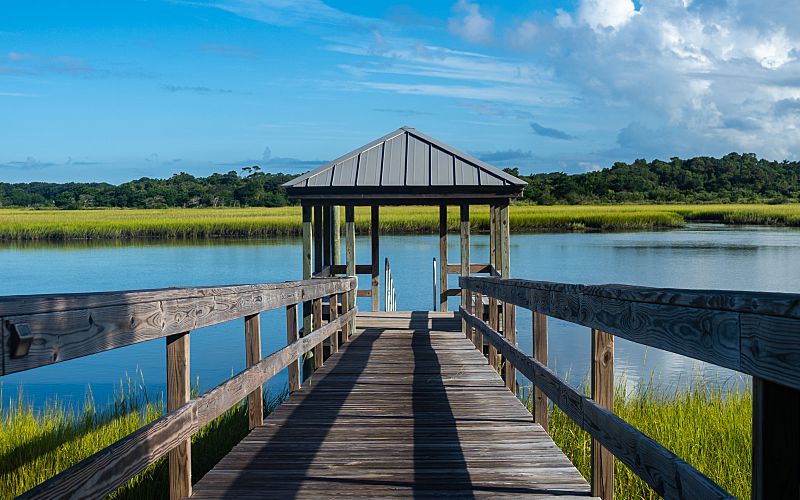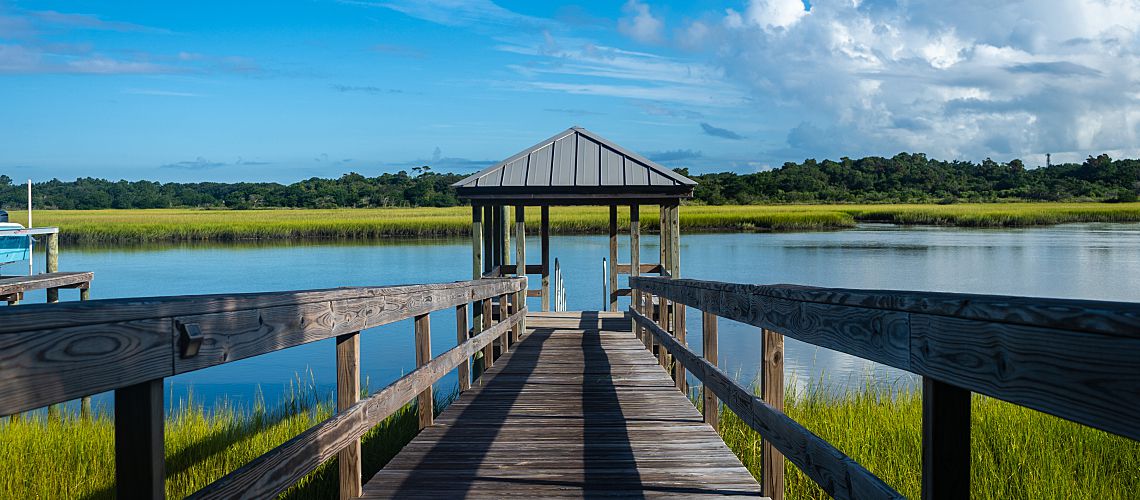Beach Water Monitoring 101 for Water Labs


Beach season has kicked off in much of the coastal United States and the Great Lakes region and, along with it, so has regular beach water monitoring. Monitoring water quality is critical to ensure a fun day at the beach doesn't turn into a nasty experience with diarrhea, vomiting, skin rash, or eye infection. Although acute gastrointestinal illness is the most common health threat linked to contaminated water, bacterial exposure can also cause salmonellosis, respiratory infections, hepatitis, dysentery, and giardiasis, among other diseases, according to Beachapedia.
Here's a look at some key aspects of beach water testing and the role water labs play in protecting people while they're swimming, diving, surfing, kayaking, and engaging in other water-contact activities.
Who Oversees Coastal Water Monitoring?
The Beaches Environmental Assessment and Coastal Health Act (BEACH Act), passed in 2000, mandated coastal states monitor recreational water for indicators of pathogens and pathogen indicators based on criteria by the Environmental Protection Agency (EPA). The EPA updated its recreational water quality criteria in 2012 to address a full range of symptoms, better account for pollution after heavy rains, provide more protective recommendations, encourage early alerts, and promote rapid water testing. State and tribal governments were urged to use the criteria as guidance when setting their own water quality standards.
North Carolina provides a good example of how a state program works to ensure beaches are safe for all. The coastal swim season runs from April 1 to Oct. 31, during which beach water testing may occur as frequently as every week. During the off-season, the Department of Environmental Quality (DEQ) monitors less frequently and doesn't issue alerts or advisories, says Erin Bryan-Millush, an environmental specialist and laboratory quality assurance officer at the DEQ in North Carolina (NCDEQ). While the DEQ is responsible for issuing alerts and advisories, only state and county health directors have the authority to close a body of water. That happens most often after a wastewater spill or hurricane.
Water Testing Methodology
With 300 miles of coastline, the NCDEQ cannot sample everywhere, so sites are chosen based on public interaction — picnic spots and piers, for example. The department schedules beach water sampling each week of the peak season in the northern, central, and southern regions of the state, where the DEQ also maintains water testing labs. Holding time for samples is six hours, during which they're kept in a cooler on ice. When samples are received in the lab, technicians make sure their temperature is lower than when they were collected. Test results take 24 hours.
NCDEQ labs use a fluorogenic substrate and a membrane filtration method to produce bacterial counts for enterococci. The state currently uses a tiered system based on water usage, says Bryan-Millush. The standards vary based on each tier designation:
- Tier 1 beaches: These are generally ocean beaches used daily for swimming, and the standard is 104 mpn/100 ml of water.
- Tier 2 beaches: For beaches located on intracoastal waterways and used three days a week, the standard is 276 mpn/100 ml.
- Tier 3 beaches: Barrier island beaches accessed four days a month use the standard of 500 mpn/100 ml.
In addition, for tier 1 beaches, a geometric mean of five of the most recent regularly spaced samples within a 30-day period must not exceed 35 mpn/100 ml. Once the DEQ issues an advisory for a tier 1 beach, the beach gets resampled the same day. If that sample meets the standards, the advisory is lifted.
Beachapedia outlines a fairly complex scheme for sampling and testing that determines when the NCDEQ issues alerts and advisories for beaches of all three tiers.
Nonprofits Fill In the Gaps
Today's Clean Water Act is a hybrid of multiple pieces of water legislation over the years, beginning with the Federal Water Pollution Control Act from 1948. It authorizes up to $30 million per year to develop and implement coastal water monitoring and public notification programs.
However, more typically, $10 million gets divvied up among coastal states each year to fund agency water monitoring programs, according to Colleen Henn, clean water coordinator for the Surfrider Foundation. More than half of coastal states depend solely on federal grants provided by the BEACH Act to pay for beach water monitoring and notification programs. As part of the Surfrider Foundation's focus on the protection and enjoyment of oceans, waves, and beaches, the nonprofit helps to train volunteer citizen scientists who collect water samples according to agency standards.
The Blue Water Task Force is the Surfrider Foundation's volunteer-run water quality monitoring program which, for the last 25 years, has been sampling coastal water for fecal indicator bacteria according to standard operating procedures. Many of the labs are run in partnership with high schools, aquariums, and other local nonprofit organizations. The program aims to fill in gaps in data due to agencies' limited resources, improve the public's knowledge of beach water safety, and identify and solve beach and coastal water problems.
Ever-Evolving Standards
With its recreational water quality criteria recommendations, the EPA continues to make preserving human health a top priority. But as our planet changes, these standards will continue to evolve. It's ultimately up to states to choose to follow the EPA's water quality standards or develop and adopt their own, based on information gathered from epidemiological studies that relate fecal indicator bacteria to illness.
As things are, the NCDEQ's current tier 1 standards are sufficient enough for keeping most beachgoers safe, according to Bryan-Millush. At that level, she says, only 19 of 1,000 recreators will get sick, a rate of 2%.
"We want to protect public health, not create an unnecessary scare," she says.






